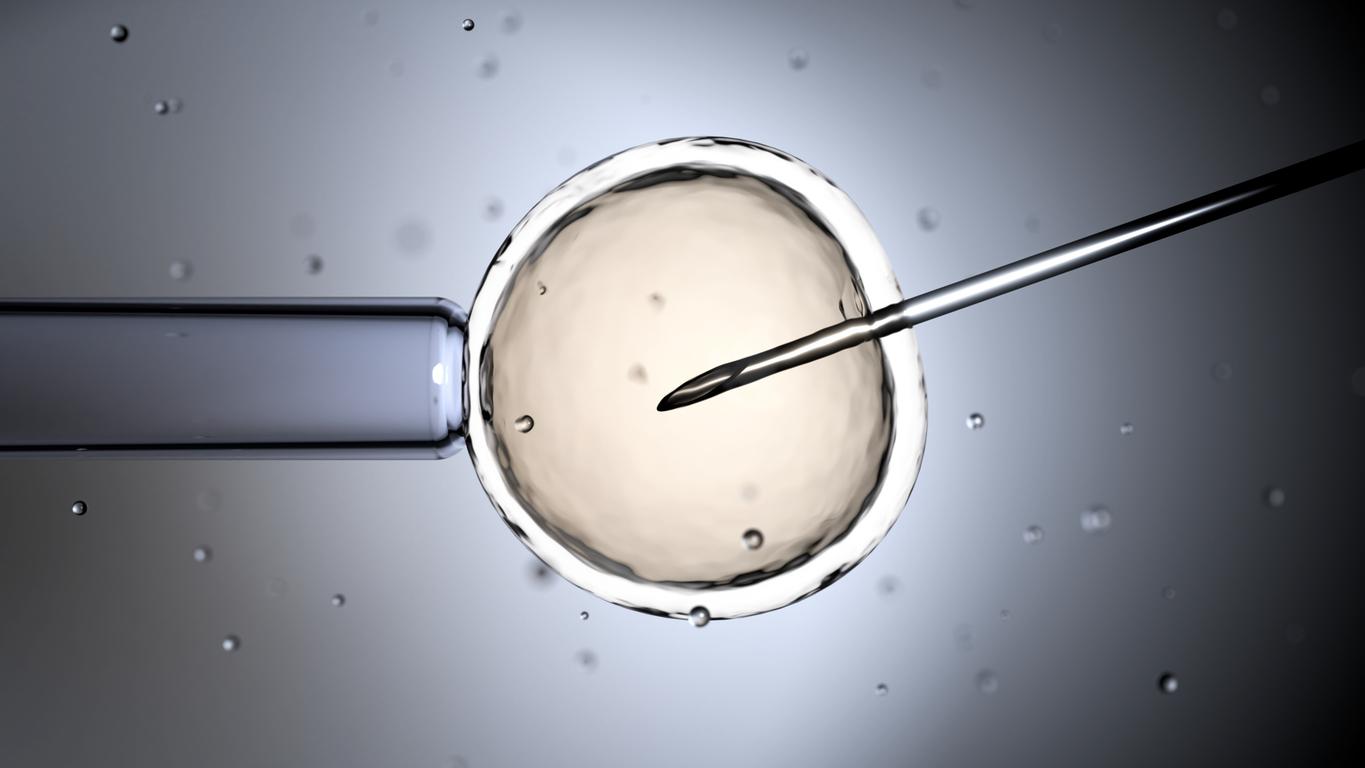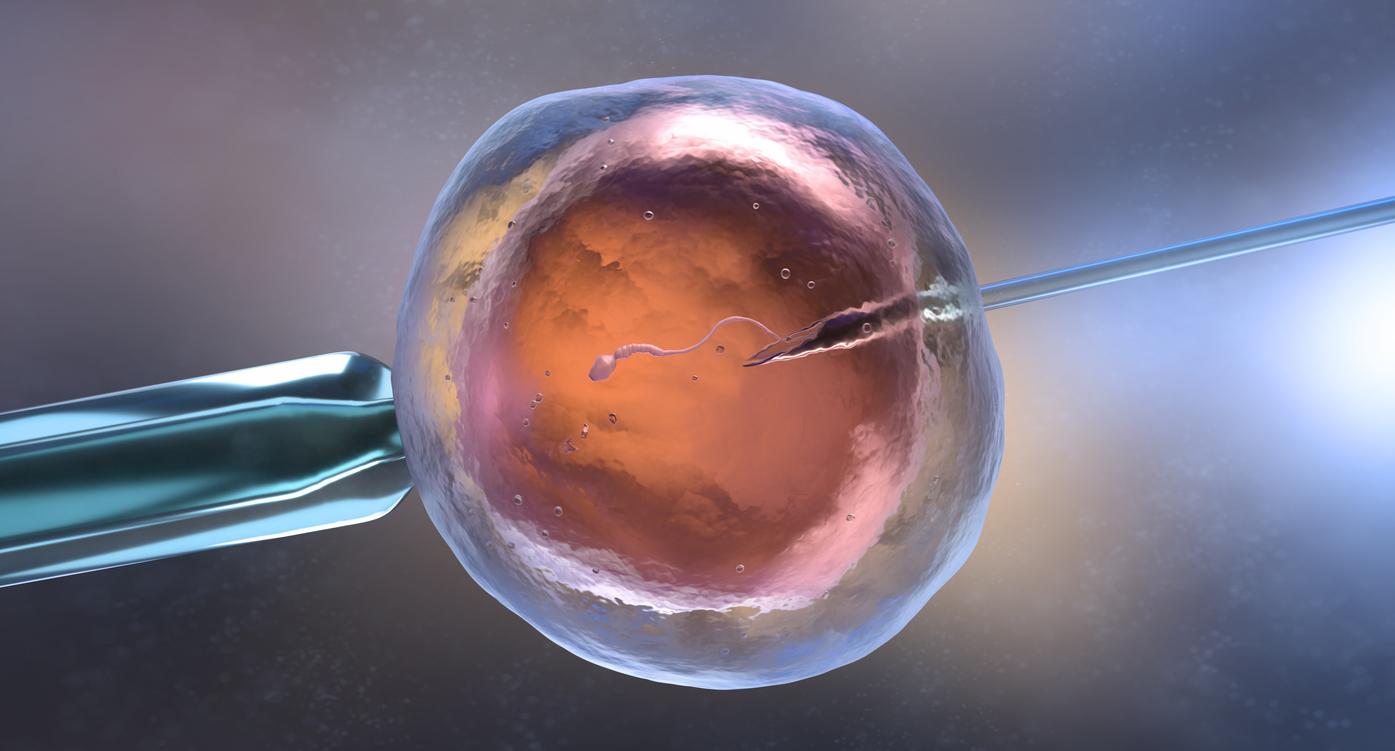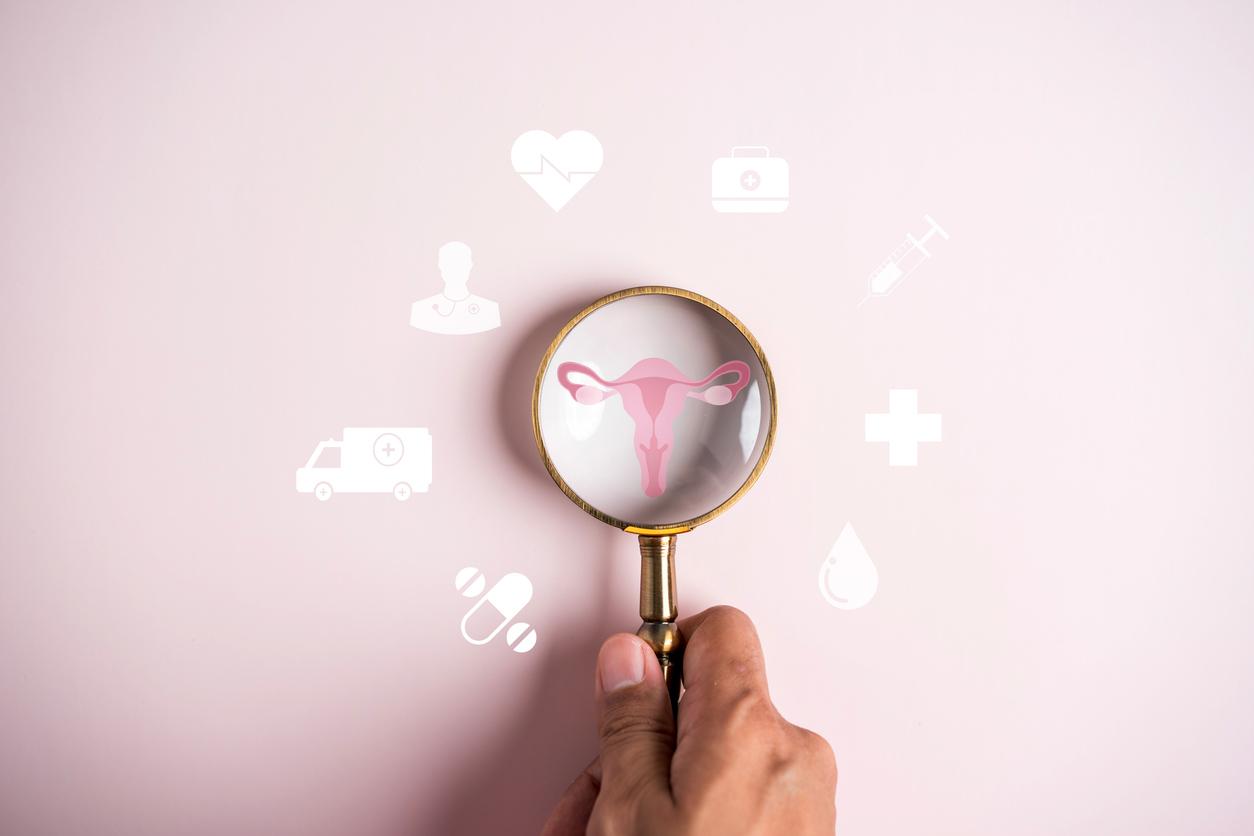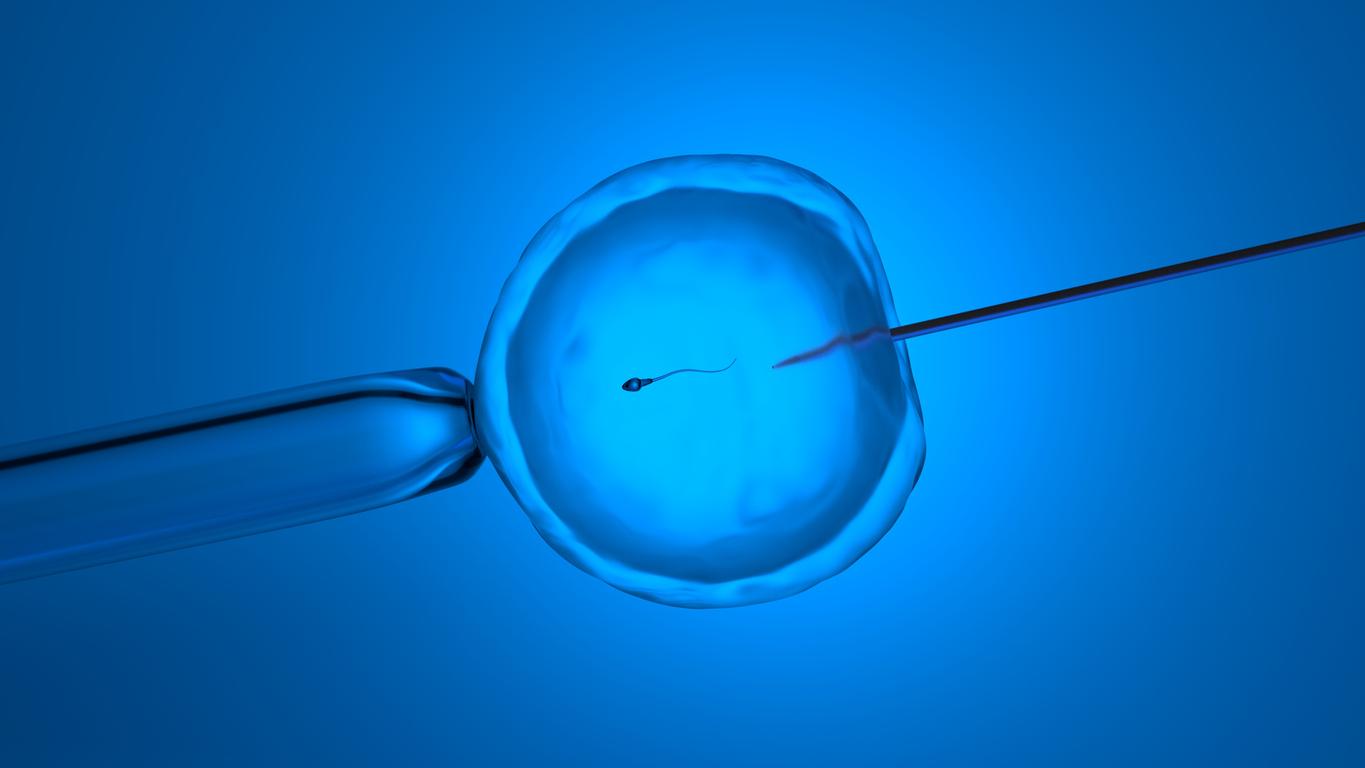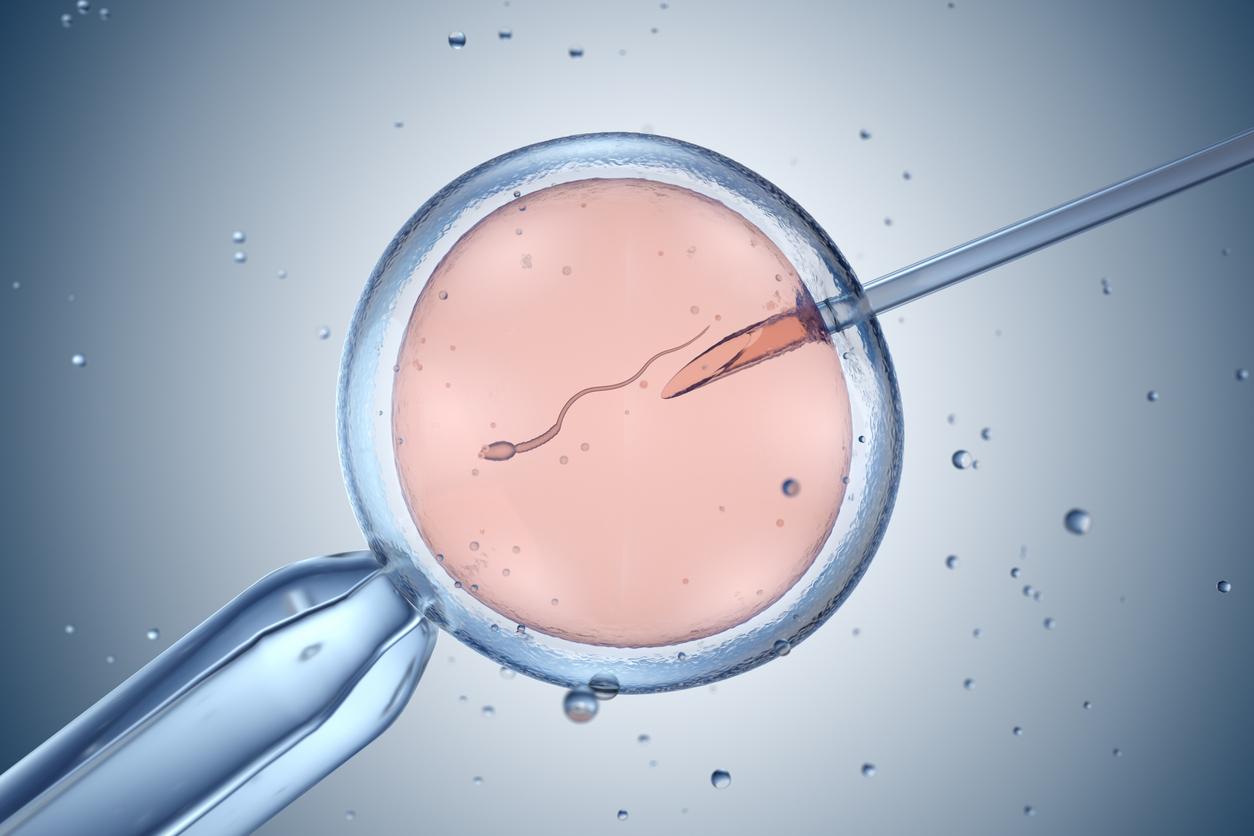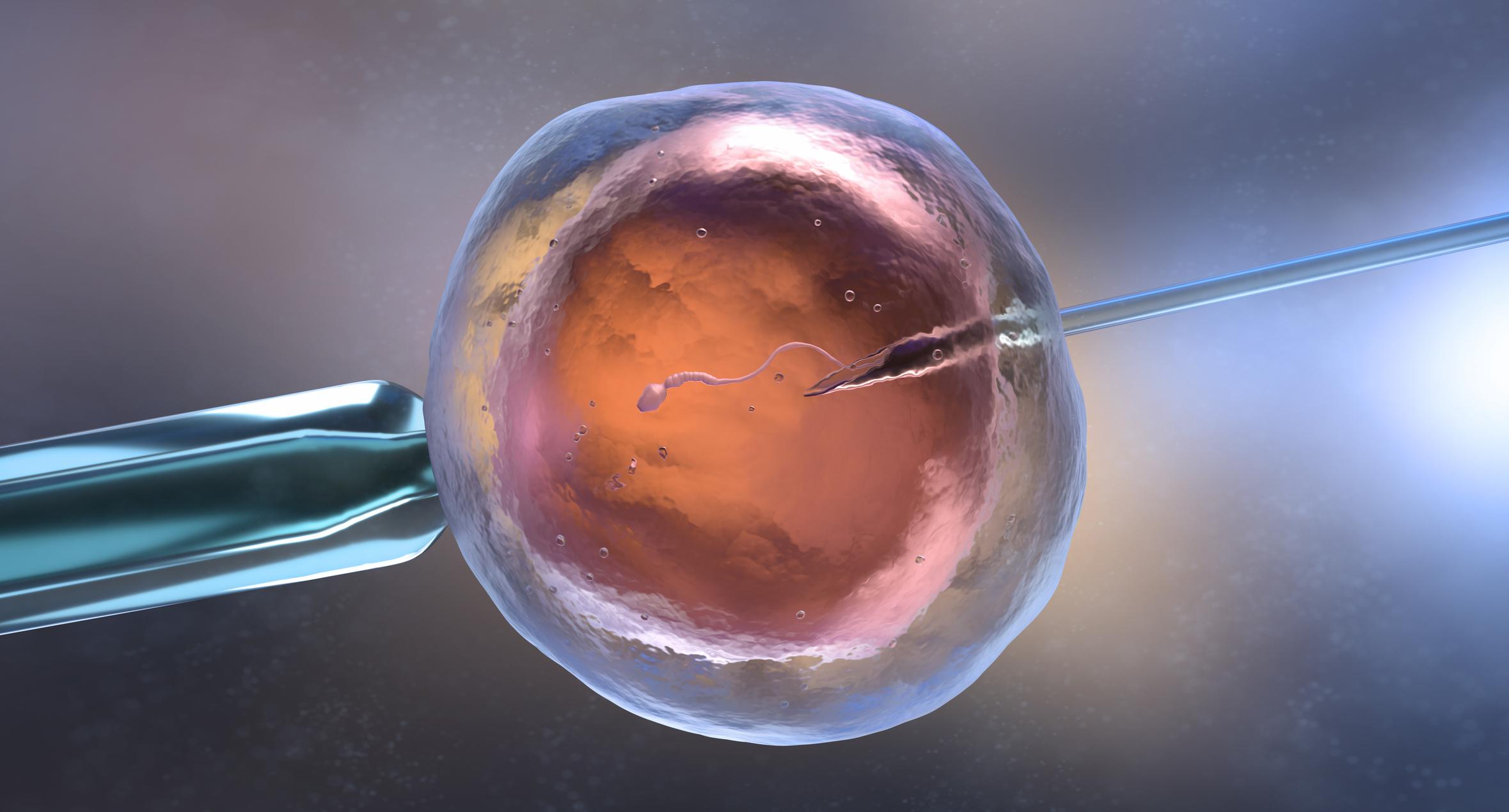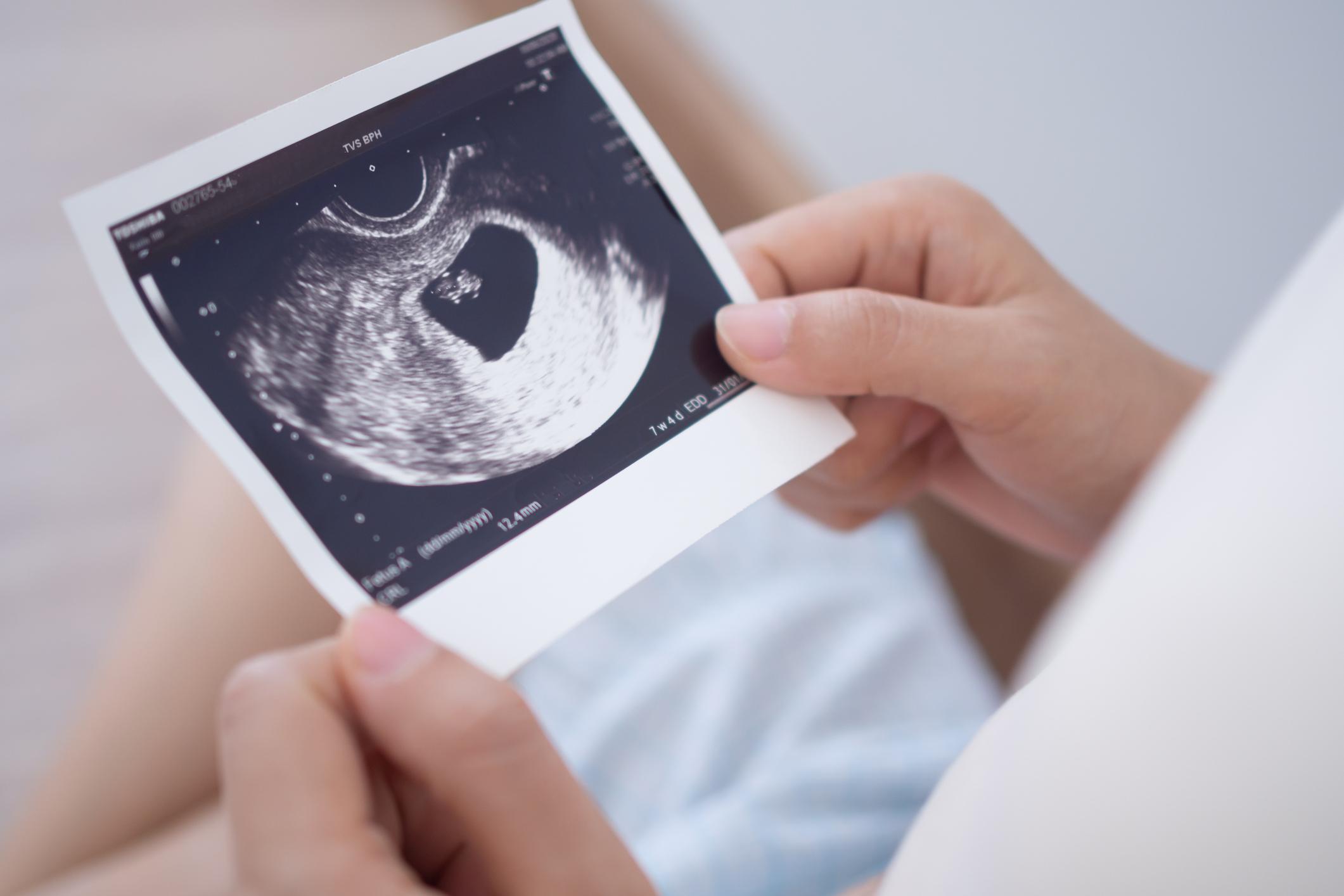Women who suffer from polycystic ovary syndrome have to deal with irregular menstrual cycles and often have difficulty getting pregnant.
The solution is then to do in vitro fertilization (IVF). But this procedure of medically assisted procreation is not without risk because due to their disease, these women have an increased risk of a complication called ovarian hyperstimulation syndrome.
Objective: increase the percentage of births
However, a recent collaboration between the University of Pennsylvania (USA) and Chinese researchers brings a wind of optimism. By choosing the procedure which consists of transferring frozen embryos rather than fresh embryos, the ovarian hyperstimulation syndrome is reduced and the number of live births is increased.
This protocol consists of freezing the embryos after in vitro fertilization instead of implanting them immediately and then transferring the frozen embryos later.
For this study published in the New England Journal of Medicine, 1508 women with polycystic ovary syndrome and infertility received either a frozen embryo or a fresh embryo during their first in vitro fertilization procedure. Frozen embryos lowered the rate of ovarian hyperstimulation syndrome from 7.1% to 1.3%. In women who received a frozen embryo, the researchers recorded more full-term births, babies with a higher birth weight.
“By choosing to freeze all embryos, you are creating a healthy environment for future implantation, rather than transferring them to an environment disrupted by ovarian stimulation” explain the researchers.
Read also:
- IVF: a test to know the ideal moment
- PMA: more and more French women go abroad









